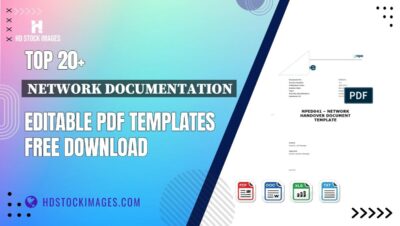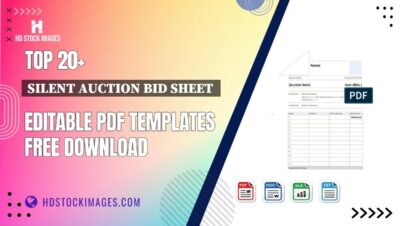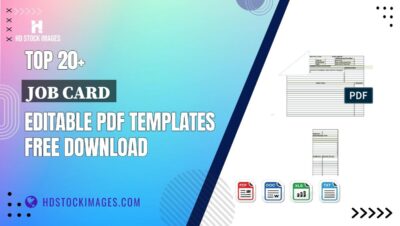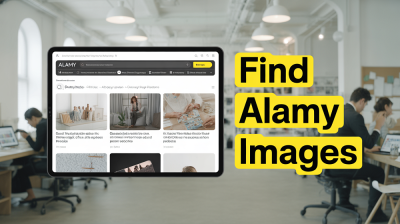When it comes to attracting top talent in today’s competitive job market, a compelling job description is your secret weapon. Think of it as the first impression you make on potential candidates. Just like a good book cover draws you in, an engaging job description piques interest and encourages qualified individuals to apply. But why is this so crucial?
Here are a few reasons why having a well-crafted job description can make a world of difference:
- Sets Expectations: A clear job description helps candidates understand what is expected of them. This transparency can prevent mismatches down the line.
- Attracts the Right Candidates: A targeted job description can filter out unqualified applicants, helping you connect with those who genuinely fit your organization's culture and needs.
- Enhances Employer Branding: A compelling description reflects your company’s values and mission, making it easier to portray your workplace as an attractive option.
- Saves Time: When candidates clearly understand the role, there are fewer misunderstandings during the hiring process, leading to a more efficient recruitment cycle.
In conclusion, a thoughtfully crafted job description is not just a summary of duties; it is an essential marketing tool that can help elevate your hiring process and attract the right talent to your organization.
Key Components of an Effective LinkedIn Job Description
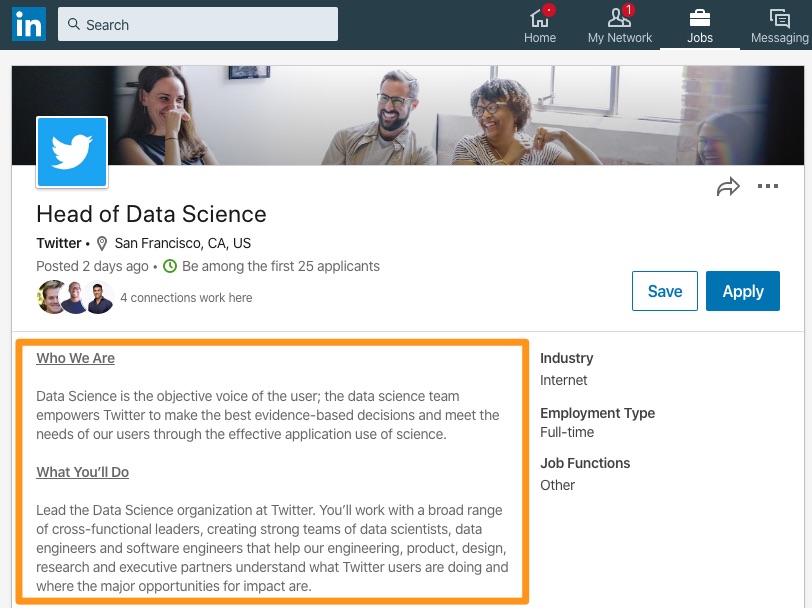
Now that we’ve established the importance of strong job descriptions, let’s dive into the essential components that make them effective, especially on platforms like LinkedIn. Here are the key elements you should include:
| Component | Description |
|---|---|
| Job Title | Use a clear and concise job title that reflects the position accurately. Avoid jargon. |
| Job Summary | Start with a brief summary that outlines the core responsibilities and significance of the role in your organization. |
| Key Responsibilities | Detail the primary duties of the role using bullet points for easy readability. Be specific! |
| Qualifications | List the required qualifications, including education, experience, and any relevant skills or certifications. |
| Company Culture | Include a brief description of your company's culture and values to help candidates understand what it's like to work there. |
| Call to Action | End with a compelling call to action encouraging candidates to apply and provide information on how to submit their applications. |
By incorporating these essential components into your LinkedIn job description, you’ll create a more engaging and effective posting that not only attracts top talent but also reflects your brand positively. Remember, clarity and alignment with your company's values are key in ensuring you get the right fit for your team!
Crafting a Clear and Engaging Job Title
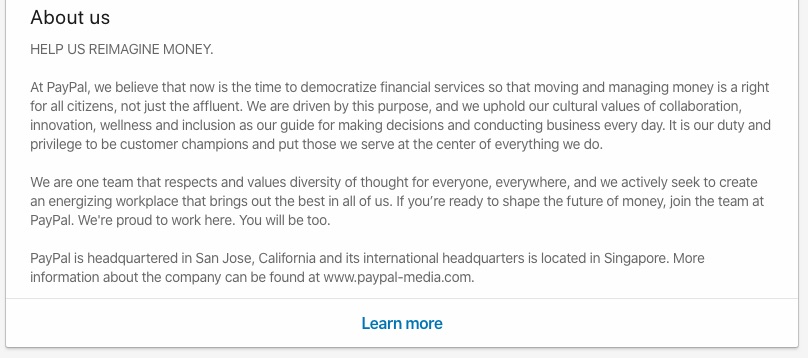
When it comes to attracting talent on LinkedIn, the job title is your first impression. It's not just a label; it's a crucial opportunity to pique interest and communicate what you're looking for. A well-crafted job title can make all the difference in drawing in high-quality candidates who meet your needs.
Start by being specific. Instead of using general terms like "Manager" or "Developer," consider titles like:
- Project Manager - Digital Marketing Focus
- Full-Stack Developer (JavaScript & Python)
- Senior Content Strategist - B2B Sector
These titles give clarity about the role and its scope. You should also avoid unnecessary jargon or overly creative titles that could confuse potential applicants.
Keep in mind that many job seekers use keywords when searching for opportunities. Including relevant industry keywords helps in optimizing your job post for searchability. Here are some tips:
- Incorporate the industry - e.g., “Software Engineer - FinTech”
- Reflect the level of seniority – e.g., “Entry-Level Marketing Coordinator”
- Use recognizable titles – avoid quirky names like "Ninja" or "Guru" unless it fits your company culture.
Finally, remember to keep it concise. A clear and engaging job title will catch attention quickly, making candidates eager to explore your job listing further.
Writing a Captivating Job Summary
Your job summary is where you build on that initial interest generated by your job title. It's a golden opportunity to provide more depth about the role and entice candidates to imagine themselves within your organization. The key is to keep it engaging, informative, and to the point!
Start with an engaging hook; perhaps a short sentence about your company's mission or culture. For example:
“At XYZ Corp, we believe in innovation and creativity, driving solutions that propel our clients into the future.”
Next, clearly outline the main responsibilities of the role. This could be structured as a list, which makes it easier to digest. Here’s an example:
- Lead project teams in developing software solutions.
- Collaborate with cross-functional teams to define project scope and objectives.
- Manage timelines to ensure timely delivery of products.
Don’t forget to highlight what makes your company a great place to work. You might mention:
- Company culture and values
- Opportunities for growth and development
- Perks and benefits offered
Lastly, wrap it all up with a strong call to action. Encourage potential candidates to apply by saying something like:
“If you're an innovative problem-solver excited about making an impact, apply now to join our dynamic team!"
By combining a captivating summary with a solid hook and clear responsibilities, you can set your company apart and draw in talented individuals eager to contribute!
Detailing Responsibilities and Expectations
When crafting a job description for LinkedIn, one of the most critical components is detailing the responsibilities and expectations of the role. Think of this section as the 'day in the life' part, where you bring potential candidates into the reality of the job.
Start by breaking down the duties into clear, concise bullet points. This not only makes it easy to read but also allows candidates to quickly grasp what’s expected of them. Here’s a possible structure:
- Primary Responsibilities: Describe the main tasks and duties. For example:
- Manage project timelines effectively.
- Collaborate with cross-functional teams to ensure project alignment.
- Conduct regular audits to maintain quality standards.
- Daily Expectations: What does a typical day look like? This can include:
- Participate in daily stand-ups, providing updates on project status.
- Respond to team emails and communications promptly.
- Prepare reports and documentation as needed.
- Long-term Goals: Detail any larger goals, such as:
- Drive performance improvements over the next quarter.
- Expand the project scope to include new features by year-end.
Using straightforward language and clearly defined expectations will help ensure that prospective candidates know what they’re signing up for. This clarity helps both you and them!
Highlighting Required Qualifications and Skills
Next up, let’s talk about highlighting the required qualifications and skills. This section is where you define what’s necessary for a candidate to be a good fit for the position. It's equally important to be specific yet inclusive, allowing for a broader range of applicants.
To make this section effective, consider the following:
- Education: State the educational background required. For example:
- Bachelor’s degree in Marketing, Business, or a related field.
- Experience: Specify years of experience needed. For instance:
- Minimum of 3 years in a similar role.
- Technical Skills: List any key skills or tools they need to know:
- Proficiency in Microsoft Office Suite; familiarity with CRM tools like Salesforce.
- Experience with digital marketing strategies.
- Soft Skills: Don't overlook personality traits. Perhaps you need:
- Strong communication and interpersonal skills.
- Ability to work well under pressure and prioritize tasks effectively.
By laying out these qualifications clearly and precisely, you help make it easier for the right candidates to self-select into the application process. Remember to balance the ideal candidate profile with acknowledgment of varying backgrounds, because diverse experiences can bring unique value to your company!
7. Showcasing Company Culture and Values
When it comes to attracting the right talent, showcasing your company's culture and values can make all the difference. It's not just about filling a position; it's about finding someone who aligns with your organization's ideals.
So, how can you effectively convey your company culture in a job description? Here are some tips:
- Be Authentic: Use genuine language that reflects the actual working atmosphere. Avoid clichés and corporate jargon.
- Incorporate Employee Testimonials: Including short quotes from current employees can add a personal touch and give candidates a glimpse into daily life at your company.
- Highlight Work-Life Balance: If your company values work-life balance, mention flexible hours or remote work options to attract talent looking for a healthy workplace.
- Outline Core Values: List your company's core values clearly. For example, “We prioritize innovation, collaboration, and inclusion.” This gives potential candidates a snapshot of what matters to you.
- Share Your Mission: Let applicants know what drives your business. A compelling mission statement can resonate with candidates who share similar aspirations.
By weaving these elements into your job description, you're not just presenting a job opportunity; you're telling a story that invites the right candidates to envision themselves as part of your team.
8. Using Keywords for Better Visibility
Let’s face it—if your job description can't be found, it simply won’t attract the talent you're looking for. That’s where the power of keywords comes into play. Using relevant keywords strategically can significantly enhance the visibility of your job post.
Here’s how you can optimize your job description with keywords:
- Research Industry-Related Keywords: Use tools like Google Keyword Planner or LinkedIn's own job posting analytics to find popular terms within your industry.
- Incorporate Job Titles: Include specific job titles that candidates are searching for. If the role is a "Digital Marketing Specialist," use that exact phrase rather than just "Marketing Staff."
- Mention Required Skills: List the key skills and qualifications you need. This should include both technical skills (e.g., “SEO proficiency”) and soft skills (e.g., “excellent communication”).
- Utilize Synonyms: Different candidates might use different terms for the same role. For instance, include both “Software Engineer” and “Developer” to cast a wider net.
- Keep It Natural: While it’s essential to include keywords, ensure they fit seamlessly into the text. Excessive keyword stuffing can be off-putting.
By thoughtfully incorporating keywords into your job description, you not only improve your chances of visibility on LinkedIn but also attract candidates who are genuinely interested in the position. It's a simple yet effective way to ensure your job post doesn’t get lost in the vast digital space.
9. Tips for Formatting and Structuring Your Job Description
When it comes to crafting a job description that really stands out on LinkedIn, formatting and structure are just as important as the content itself. You want to ensure that your job post is not only informative but also easy to read. Here are some tips to help you get it right:
- Use Bullet Points: Bullet points help break down information into digestible nuggets. Instead of long paragraphs, list responsibilities, qualifications, and benefits to make them easier to skim.
- Headings and Subheadings: Use clear headings for each section of your job description, like “Job Responsibilities” and “Qualifications”. This improves organization and clarity.
- Consistent Font and Size: Stick to a professional font and size throughout the job description. This creates a polished and uniform look that enhances readability.
- Keep it Concise: Aim for a brief yet comprehensive description. A great rule of thumb is to keep your job description under 700 words to maintain engagement.
- Include Company Culture: Don’t forget to sprinkle in some details about your company culture. Using a section like “Why Work Here?” can draw in those who align with your values.
In conclusion, a well-structured job description effectively attracts the right candidates by making it user-friendly and appealing. So, take the time to format it properly!
10. Common Mistakes to Avoid When Writing Job Descriptions
Writing a job description may seem straightforward, but there are several pitfalls to watch out for. Avoiding these common mistakes can increase your chances of attracting the right talent:
- Being Vague: Ambiguity can scare off great candidates. Be specific about job responsibilities and qualifications to set clear expectations.
- Overloading with Jargon: While industry-specific terms can establish expertise, too much jargon can alienate potential applicants. Aim for clarity over complexity.
- Ignoring the Job Title: An inaccurate or outdated job title can deter appropriate candidates. Use widely recognized titles that reflect the role accurately.
- Neglecting the Call to Action: Always include a clear call to action at the end of your job description. Encourage potential applicants to apply and explain how they can do it.
- Failing to Include Salary Information: Transparency about salary ranges can boost interest and trust. If possible, include compensation details in your job description.
By steering clear of these pitfalls, you’ll not only enhance the quality of your job descriptions but also engage more effectively with potential candidates. After all, no one wants to read a job post that doesn’t provide the necessary details!
Encouraging Applications and Next Steps
Crafting a job description that not only informs but also motivates potential candidates to apply is crucial for attracting the right talent on LinkedIn. Here are some strategies to encourage applications:
- Highlight Company Culture: Describe what makes your workplace unique. Mention teamwork, innovation, or growth opportunities.
- Create an Inclusive Environment: Use gender-neutral language and encourage people from diverse backgrounds to apply.
- Showcase Benefits: List enticing benefits such as competitive salaries, remote work options, or professional development programs.
- Call to Action: Include a clear and persuasive call to action. Phrases such as “Join us in making a difference!” can inspire candidates to submit their applications.
In addition to these strategies, consider integrating the following key components into your job description:
| Component | Description |
|---|---|
| Clear Instructions | Guide applicants on how to apply and what documents to include. |
| Application Deadline | Inform candidates about the deadline to create urgency in applying. |
| Follow-Up Process | Let candidates know what to expect after they apply, such as timelines for interviews. |
In conclusion, by clearly outlining the qualifications, expectations, and the inviting nature of your workplace, you can create a compelling job description that encourages candidates to take the next step and apply for the position.

